Birth
The name Stockholm, “Log-Islet” (stock=log & holme=islet) in Swedish, first appears in historical records in 1252 in letters written by Birger Jarl (one of the founding fathers of the Swedish nation and de facto ruler of Sweden from 1248 until 1257) & King Valdemar of Sweden (nominally from 1250, in reality from 1257 when he came of age until 1275).
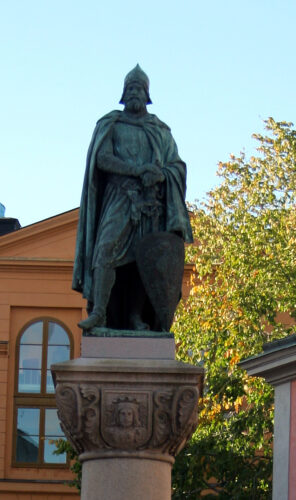
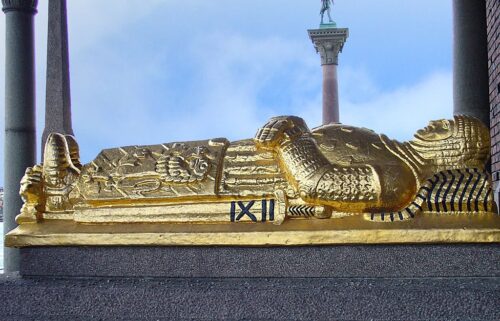
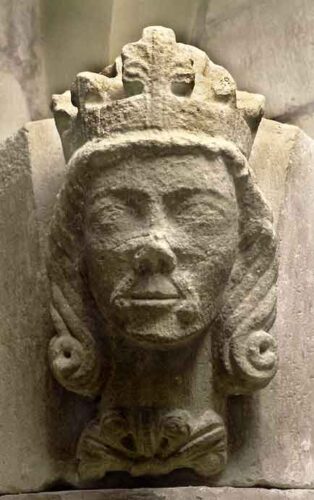
The origin of Stockholm nevertheless predates its written history. Lake Mälaren’s first organised settlement Birka was located 30 km west of modern day Stockholm on the island of Björkö and is regarded one of the oldest towns in Sweden, along with its neighboring Hovgården in the Island of Adelsö.


The written text Vita Ansgari (The life of Saint Ansgar, known as the Apostle of the North.) by Rimbert (Archbishop of Bremen-Hamburg) in 865, describes the unsuccessful efforts of his predecessor to convert the pagan population in Birka around 830. A few years later Birka is abandoned for a new settlement (Sigtuna) at the northern shores of Lake Mälaren, a location more apt to the naval route that led to the Swedish political & religious capital of the time, the city of Uppsala. Sigtuna quickly became one of the most important cities of Sweden, operating as a christian missionary outpost & trade center, reaching its heyday between the 10th & 11th century when it even minted the first Swedish coins in history.
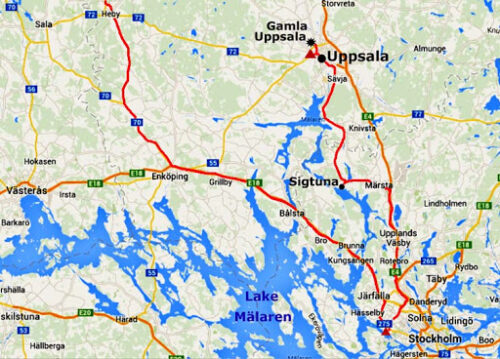

At the end of 1100’s Sigtuna experienced a series of raids by different Baltic tribes that led its population in a quest for a new settling place. According to the legend, the leaders of Sigtuna let the matter in the hands of fate after letting a log of wood filled with gold drift in the sea until it hit land on the shores of the island of Riddarholmen, where Gamla Stan (Old town) stands today.
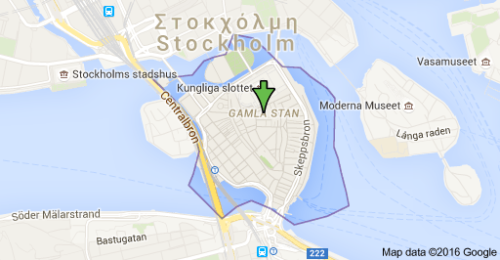
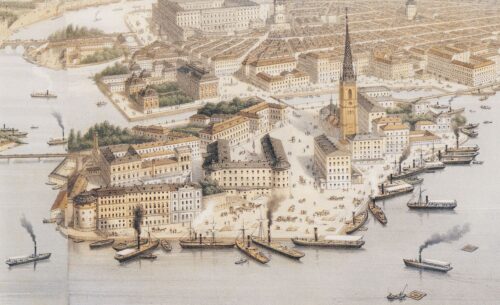
Leaving the myth aside the new location combined many elements that could help in the defense against future attacks. It also provided the perfect location for both naval and land trade. Dendrochronological examinations of logs found in the area show that the trees around Gamla Stan were cut down between 970 and 1020 AD. Historical records show that the city grew rapidly during the late 1270’s & throughout the 1280’s. That growth came after the ending of a long warfare between rivaling Swedish parties.

